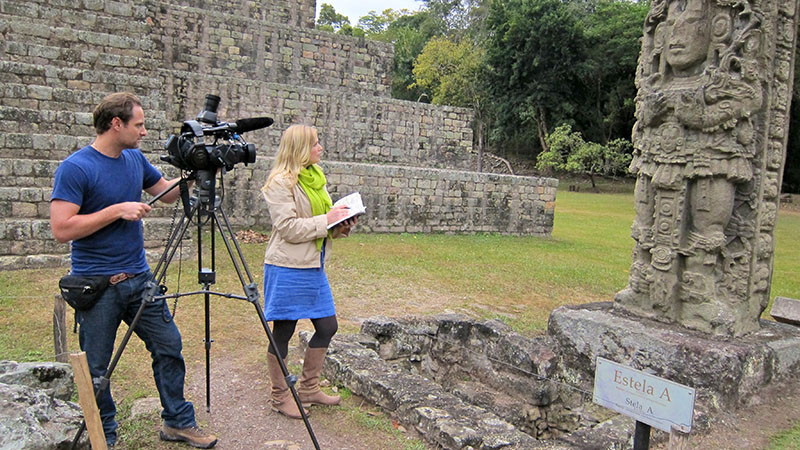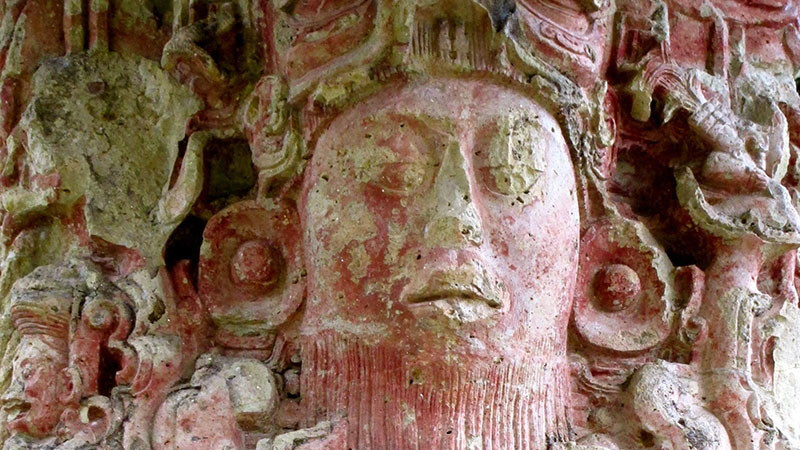Film premiere reveals the cosmic brilliance of the ancient Maya
End of civilization will not occur this year
According to the film 2012: The Beginning, the hysteria of impending doom for human civilization surrounding Dec. 21 and the Mayan calendar is dead wrong.
Instead of hellfire and brimstone it is actually prophesied we may see one of the most stunning and beautiful events possible in the earth’s rotation through our galaxy of the Milky Way.
Not much is left of the golden age of the Maya.
As they retreated back into the jungle during the collapse of their civilization, they left us with beautiful pyramids and ruins, as well as some of the most complex and precise astronomical charting calendars human civilization has ever seen.
Lessons and spiritual insights into our world originating in that era still infuse the minds and spirits of modern Maya.
2012: The Beginning has its Canadian premiere at the Park Theatre on Sunday, Oct. 28 at 2 p.m. followed by a panel discussion at the University of Winnipeg’s Convocation Hall that evening at 6:30 p.m.
“(This) is the first film to really feature, front and centre, the modern Maya, to really look into what they have to say about 2012,” says Jarrett Cole, one of the film screening’s organizers. “It engages with all Maya from the urban to the traditional knowledge keepers. While also having interviews with researchers and academics.”
Cole began arranging for this panel to take place after engaging with works on 2012 and interviewing the director Shannon Kring Buset on his CKUW radio program These Changing Times.
Central to the film is the analysis of independent scholar John Major Jenkins, author of Maya Cosmogenesis 2012, who is featured in the accompanying panel discussion.
According to Cole’s reading of his works, Jenkins discovered the Mayan long count calendar was tracking an event that happens once every 5,125 years - the Milky Way stands vertically in the sky directly above the sun perpendicular to the horizon on the winter solstice.
“Thirteen thousand years ago this happened on the summer solstice, just as humanity was coming out of the ice age and sedentary life was beginning to develop,” says Cole.
The long count calendar tracked the precession of the earth’s axis. The 5,125 years of the long count calendar is one-fifth of 26,000 years.
“The long count calendar is a true artifact of Mayan culture,” he says. “The Maya were sky-watchers. Their calendars provide insights based on thousands of years of observing the cosmological environment.
“iPhones are our culture’s crowning achievement. They have 1,000 times more computing power than what got us to the moon, whereas the calendars are that for the Maya.”
Cole thinks it is important to explore the implications of this type of rare cosmic event on human society.
“We are at the apex of our technological prowess. I find it is curious this is happening. Western society seems to ignore the possible effects on human life by the cycles of the cosmos,” he says.
There are documented studies that emergency rooms fill up on full moons. This cosmic event is, in order of magnitude, or astronomically, larger and more impacting than a full moon.
If the moon, through gravity, can pull or push the ocean, what could this larger event do to far less complex systems such as humans?
The effects are yet to be seen, but soon we will know.
“2012: The Beginning” has its Canadian premiere at the Park Theatre on Sunday, Oct. 28 at 2 p.m. followed by a panel discussion with Jenkins at the University of Winnipeg’s Convocation Hall that evening at 6:30 p.m. Advance tickets available at Hollow Reed and Radiance Gifts. Tickets are $26 at the door.
Published in Volume 67, Number 8 of The Uniter (October 24, 2012)









